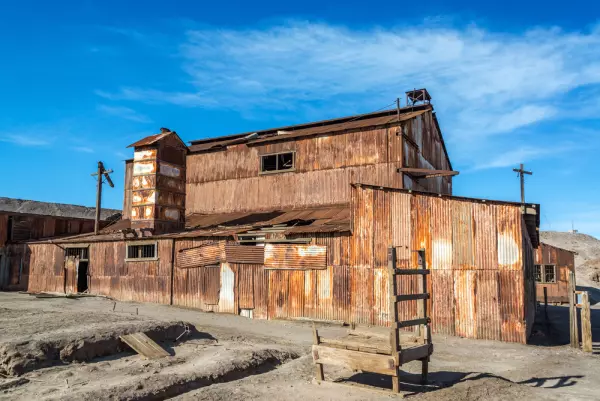
Indian Researchers Develop AI to Detect Industrial Corrosion
Corrosion is a silent killer in the industrial world. It can cause significant economic and safety challenges, leading to costly repairs, equipment failures, and even environmental hazards. In a breakthrough development, researchers at the Indian Institute of Science (IISc) and Quality Service and Research Training Centre (QSRTC) have developed an AI-based automated method to detect industrial corrosion using machine learning and image analysis.
The new technology uses machine learning algorithms to analyze microscope images of corroded metal surfaces, estimating corrosion severity without requiring human input. This innovative approach has the potential to revolutionize the way industries assess and prevent corrosion, saving time, money, and resources.
Corrosion is a widespread problem in industries, particularly in the chemical, petrochemical, and oil refining sectors. It can occur due to various factors, including exposure to chemicals, moisture, and high temperatures. If left unchecked, corrosion can lead to equipment failures, leaks, and even explosions, resulting in significant economic losses and safety risks.
Traditional methods of assessing corrosion involve visual inspections, which are time-consuming, labor-intensive, and often inaccurate. Human inspectors may miss subtle signs of corrosion, leading to delayed detection and costly repairs. The new AI-based technology aims to address these limitations by providing a more accurate, efficient, and cost-effective solution.
The researchers used a dataset of over 1,000 images of corroded metal surfaces to train their machine learning algorithm. The algorithm was designed to analyze the images and identify patterns and features that are indicative of corrosion. The algorithm can detect subtle changes in the surface texture, color, and morphology of the corroded metal, allowing it to accurately estimate corrosion severity.
The AI-powered imaging technology has several advantages over traditional methods. It can analyze images in real-time, providing instant results without requiring human input. This allows for faster decision-making and more efficient maintenance schedules. The technology can also be used to monitor corrosion over time, enabling industries to track changes and predict potential failures.
The researchers believe that their AI-based technology has the potential to transform the way industries approach corrosion assessment and prevention. “Corrosion poses significant economic/safety challenges in industries,” said a researcher from IISc. “Our AI-powered imaging technology provides a solution to this problem by enabling industries to detect corrosion early and accurately, preventing costly repairs and ensuring the safety of workers and the environment.”
The technology has already shown promising results in pilot studies conducted at the IISc and QSRTC. The researchers are now working with industries to implement the technology in real-world settings. The potential applications of the technology are vast, ranging from oil and gas refineries to chemical plants and manufacturing facilities.
In conclusion, the development of AI-based technology to detect industrial corrosion is a significant breakthrough in the field of materials science and engineering. The technology has the potential to revolutionize the way industries approach corrosion assessment and prevention, saving time, money, and resources. As the technology continues to evolve, it is likely to have a significant impact on the industrial world, ensuring the safety of workers and the environment while reducing economic losses.
Source: https://iisc.ac.in/events/advanced-corrosion-assessment-using-ai-powered-imaging-technology-2/






